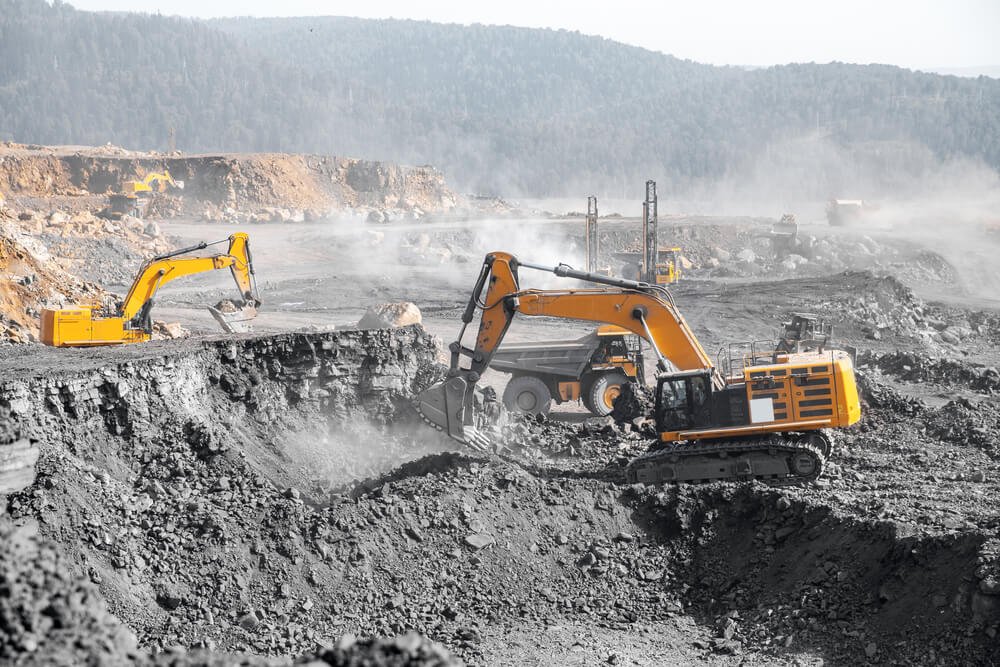Muon Tomography Revolutionizes Mineral Exploration

Sensing elementary particles called muons can help image ore deposits, enabling miners to find more ore and map mines at high resolution. This "game changer" technology, known as muon tomography, is being harnessed by big miners such as BHP Group to target exploration drilling.
Mike Henry, BHP’s CEO, praised the cutting-edge technology in a March 25 speech, highlighting how muons help quickly assess deposits. Muon tomography, developed in collaboration with Ideon Technologies, is now being tested at various mine sites. This method, utilizing muons produced when cosmic rays hit Earth’s atmosphere, allows for higher-resolution images of rock density compared to traditional geophysics tools.
Gary Agnew, executive chairman, CEO, and co-founder of Ideon Technologies, spoke to S&P Global Commodity Insights about the technology's potential. Here are key insights from the interview:
Agnew explained that muon tomography addresses the need for more critical-metals production amid the clean energy transition. Major mining companies are increasingly focusing on finding and mapping critical metals to expedite their market entry.
While muon tomography has been studied since the 1950s, recent advancements have industrialized and miniaturized the technology, making it practical for field use. Agnew emphasized the value of integrating muon tomography with other datasets to enhance its effectiveness.
Muon tomography offers better depth penetration and higher resolution compared to other geophysical sensing methods. It provides meter-scale resolution, significantly finer than the 50-meter or 100-meter scale resolution of techniques like gravity surveys. This precision allows miners to pinpoint anomalies and decide where to drill next accurately.
Specific Use Cases and Benefits
- Void Mapping: Useful for safely accessing old underground workings with remnant mineralization.
- Block Caving: Helps map the evolution of block caves in 3D, improving safety, productivity, and ore recovery.
- Greenfield Exploration: Deploying muon sensors in initial drill holes maximizes exploration investment by providing high-resolution imaging of large earth volumes, aiding in identifying or ruling out potential deposits.
Agnew sees further miniaturization and ease of deployment as key areas for future development. The goal is to provide the highest-resolution imaging possible, potentially even identifying specific minerals more accurately.





